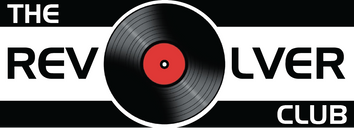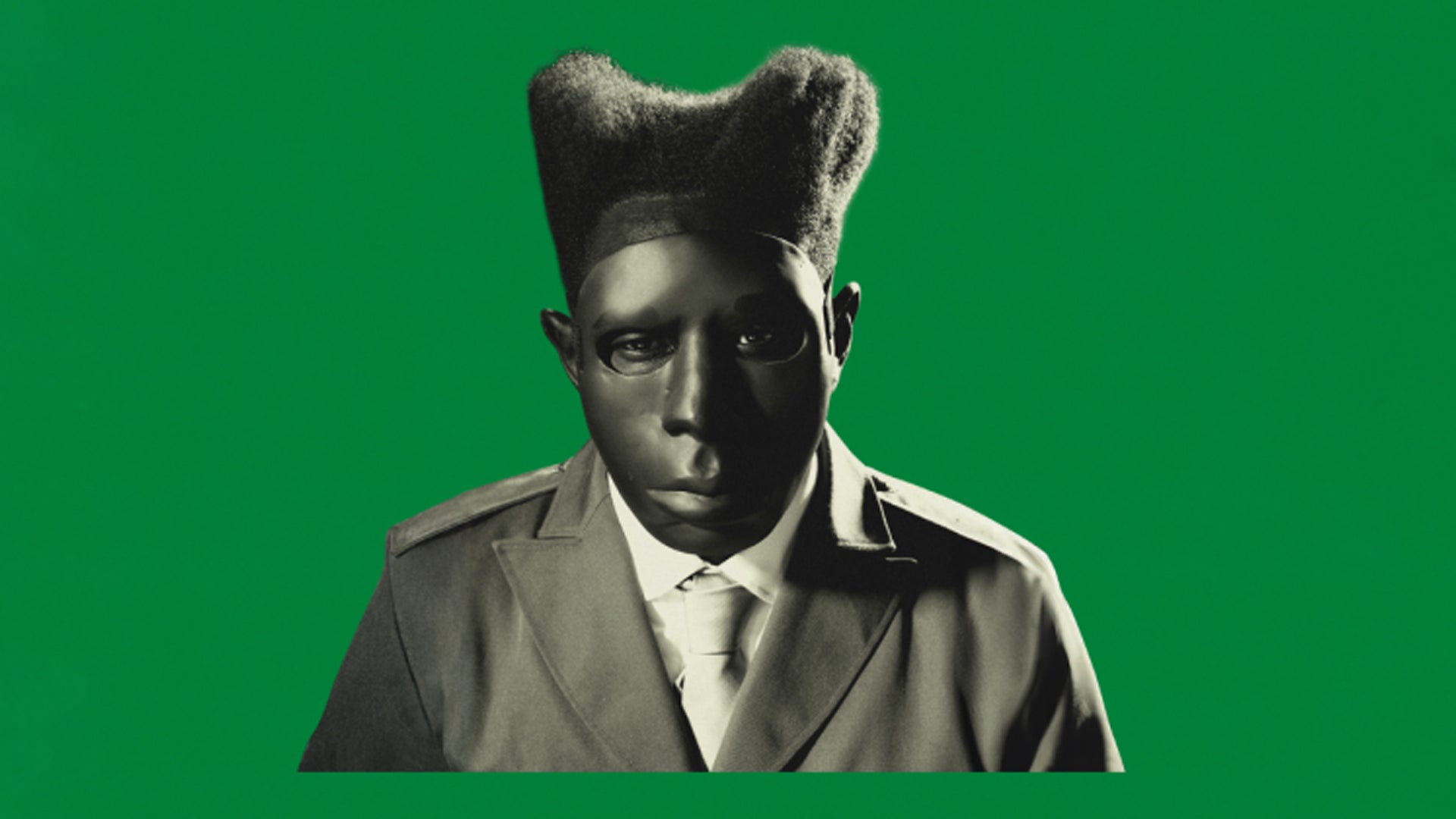Celebrating Three Decades Of Pioneer DJ: How Pioneer Revolutionised DJ-ing forever
·

·
The history of the CDJ is a fascinating chapter in music technology. This DJ hardware evolved from a groundbreaking innovation to a standard tool in the industry.
CDJ stands for Compact Disk Jockey, highlighting the hardware’s key advantage: its portability and convenience.
In 1994, Pioneer released the very first CDJ. Up until that time, DJs could only use vinyl, which was a significant drawback. They would have to haul tons of heavy records to every gig. In turn, DJing became very expensive and involved the constant risk of probably destroying an entire treasured vinyl collection at any moment.
With pitch control, seamless looping, and instant cueing features, the CDJ-500 allowed DJs to explore new creative directions.
The CDJ-500 set the standard for what was to come in years to follow, starting the digital era in DJs’ lives by bringing digital versatility with the tactile engagement requirement of traditional turntables.
The CDJ series continued to evolve, with each new model pushing the envelope of what was possible – CDJ-300 (1995), CDJ-500-II (1996), CDJ-500S (1997) and the CDJ-100S (1998).
The CDJ-1000, released in 2001, introduced the jog wheel that mimicked the feel of record scratching along with a visual waveform display, making it easier for DJs to cue and mix tracks with precision.
Many generations later, in 2009, the CDJ-2000 broke the record again by being compatible with USB and SD cards. No longer a DJ carrying disks, he had access to substantial digital collections.
The CDJ-2000NXS (2012) introduced Wi-Fi connectivity and rekordbox, Pioneer’s music management software, to prepare sets in advance and wirelessly access tracks with unmatched flexibility and efficiency.
The latest iteration, the CDJ-3000, introduced in 2020, boasts a multi-core processor, a high-resolution touch screen, and advanced features like Key Sync and Key Shift, setting a new benchmark for performance capabilities.
As we celebrate 30 years of the Pioneer CDJ, we also look to the future with anticipation.
CDJ stands for Compact Disk Jockey, highlighting the hardware’s key advantage: its portability and convenience.
In 1994, Pioneer released the very first CDJ. Up until that time, DJs could only use vinyl, which was a significant drawback. They would have to haul tons of heavy records to every gig. In turn, DJing became very expensive and involved the constant risk of probably destroying an entire treasured vinyl collection at any moment.
With pitch control, seamless looping, and instant cueing features, the CDJ-500 allowed DJs to explore new creative directions.
The CDJ-500 set the standard for what was to come in years to follow, starting the digital era in DJs’ lives by bringing digital versatility with the tactile engagement requirement of traditional turntables.
The CDJ series continued to evolve, with each new model pushing the envelope of what was possible – CDJ-300 (1995), CDJ-500-II (1996), CDJ-500S (1997) and the CDJ-100S (1998).
The CDJ-1000, released in 2001, introduced the jog wheel that mimicked the feel of record scratching along with a visual waveform display, making it easier for DJs to cue and mix tracks with precision.
Many generations later, in 2009, the CDJ-2000 broke the record again by being compatible with USB and SD cards. No longer a DJ carrying disks, he had access to substantial digital collections.
The CDJ-2000NXS (2012) introduced Wi-Fi connectivity and rekordbox, Pioneer’s music management software, to prepare sets in advance and wirelessly access tracks with unmatched flexibility and efficiency.
The latest iteration, the CDJ-3000, introduced in 2020, boasts a multi-core processor, a high-resolution touch screen, and advanced features like Key Sync and Key Shift, setting a new benchmark for performance capabilities.
As we celebrate 30 years of the Pioneer CDJ, we also look to the future with anticipation.





Comments